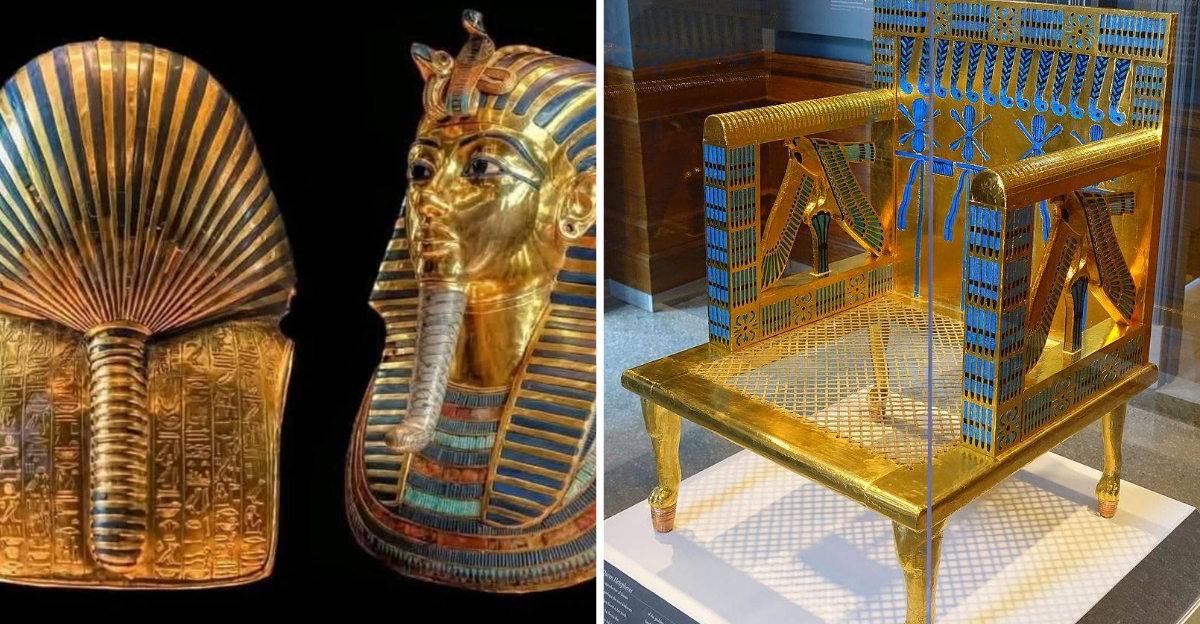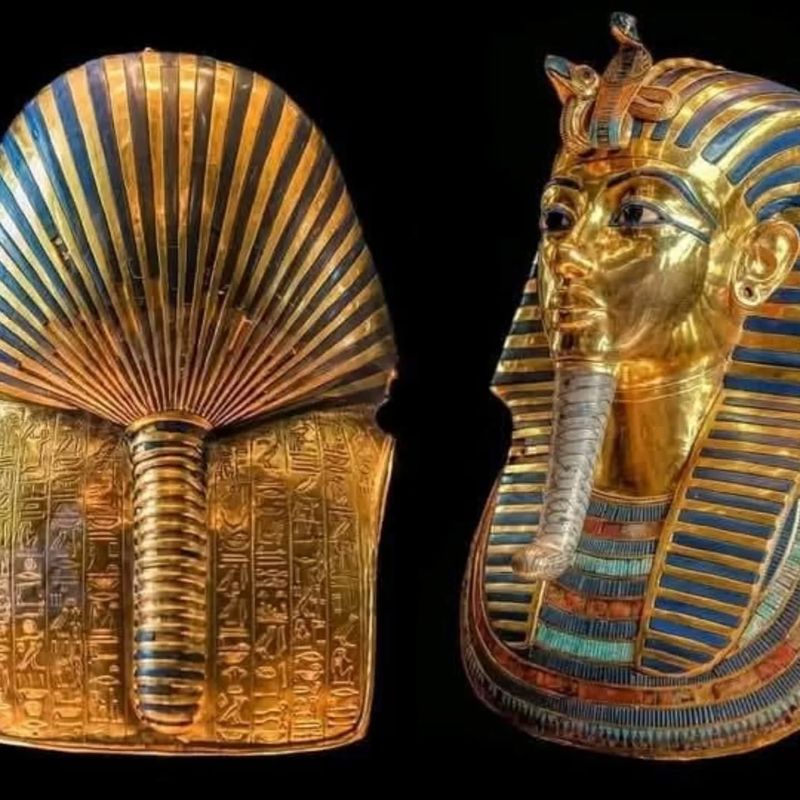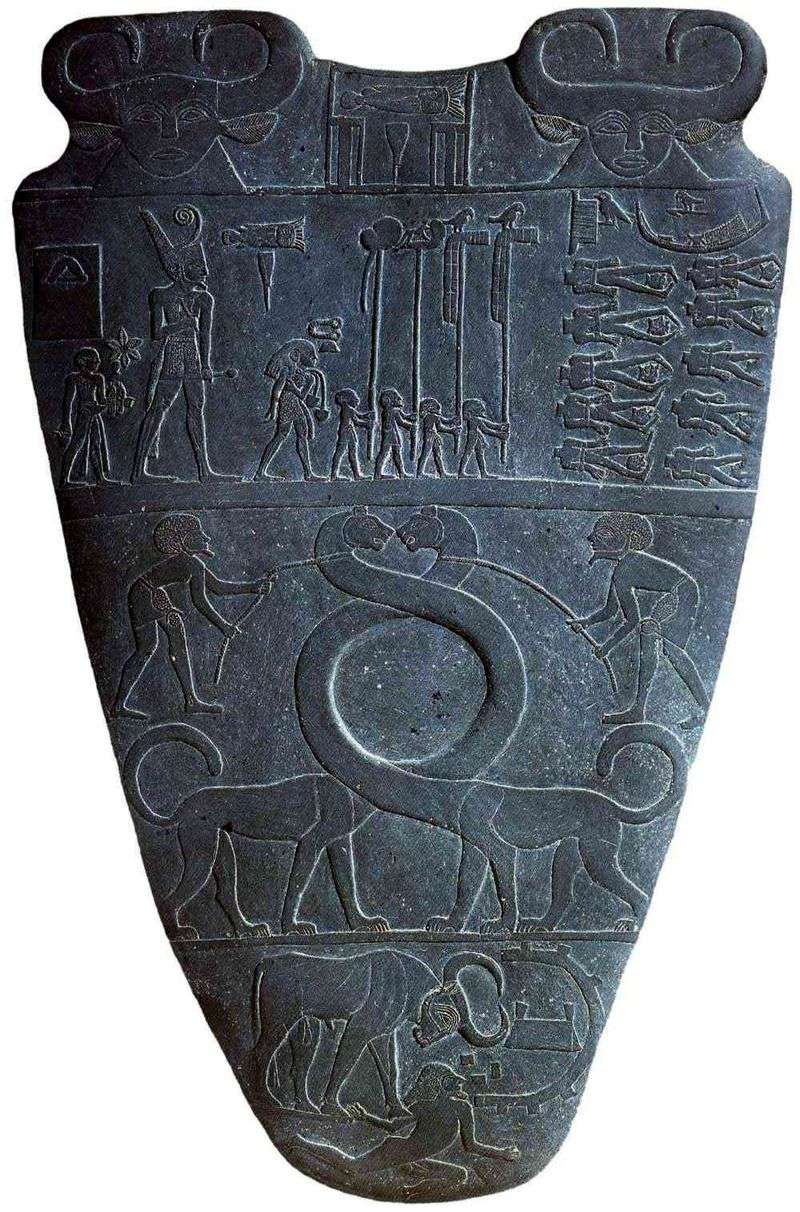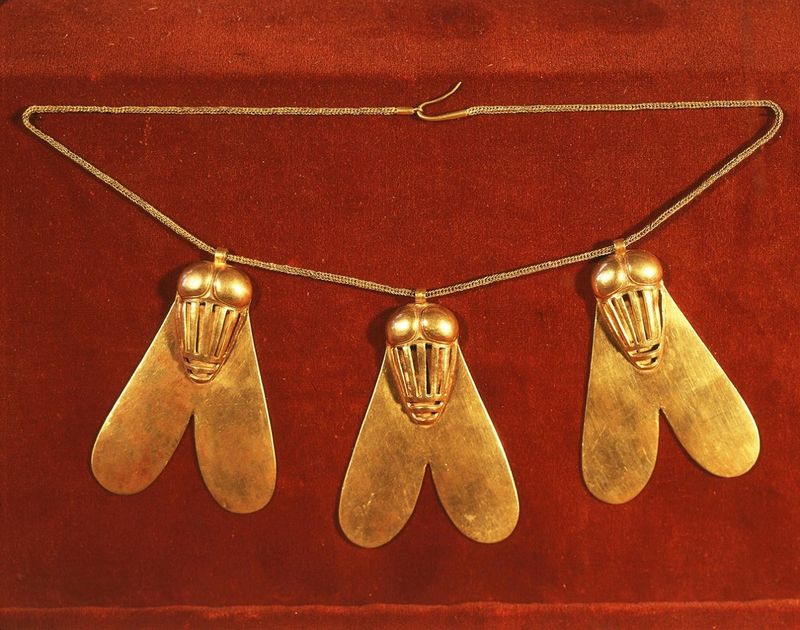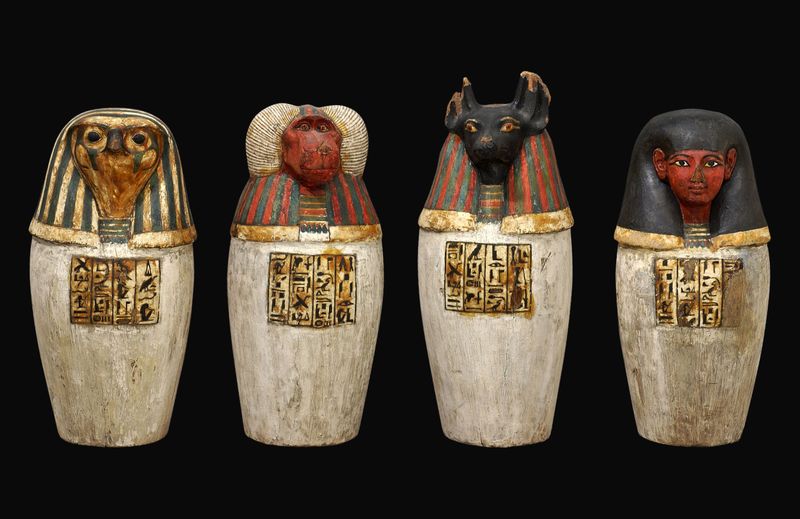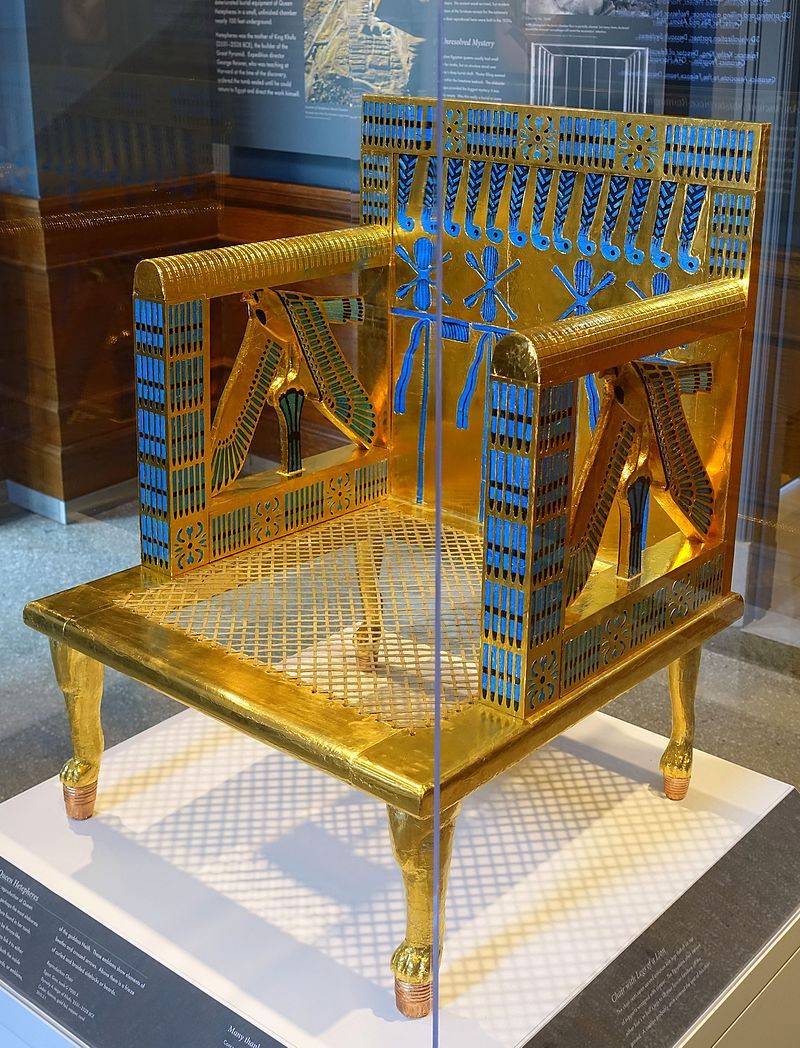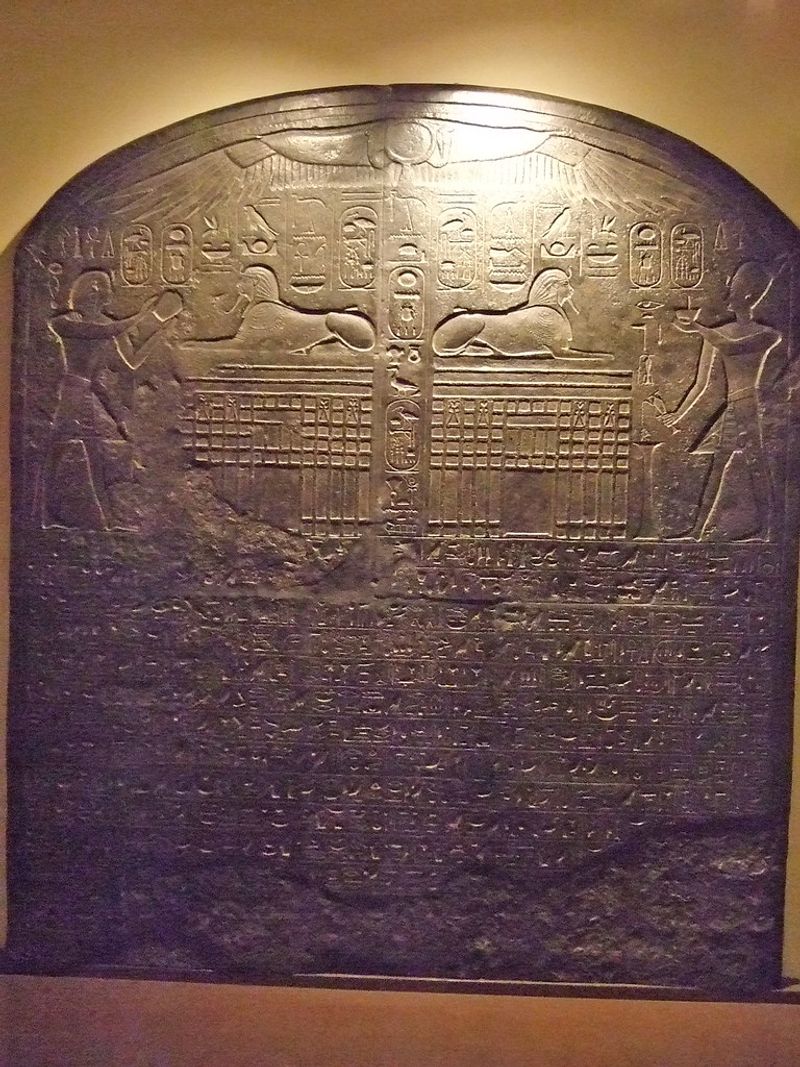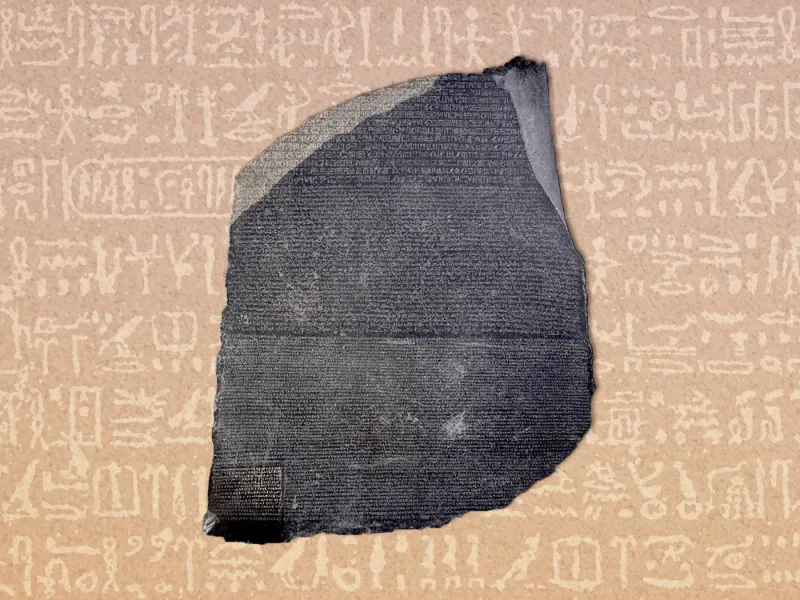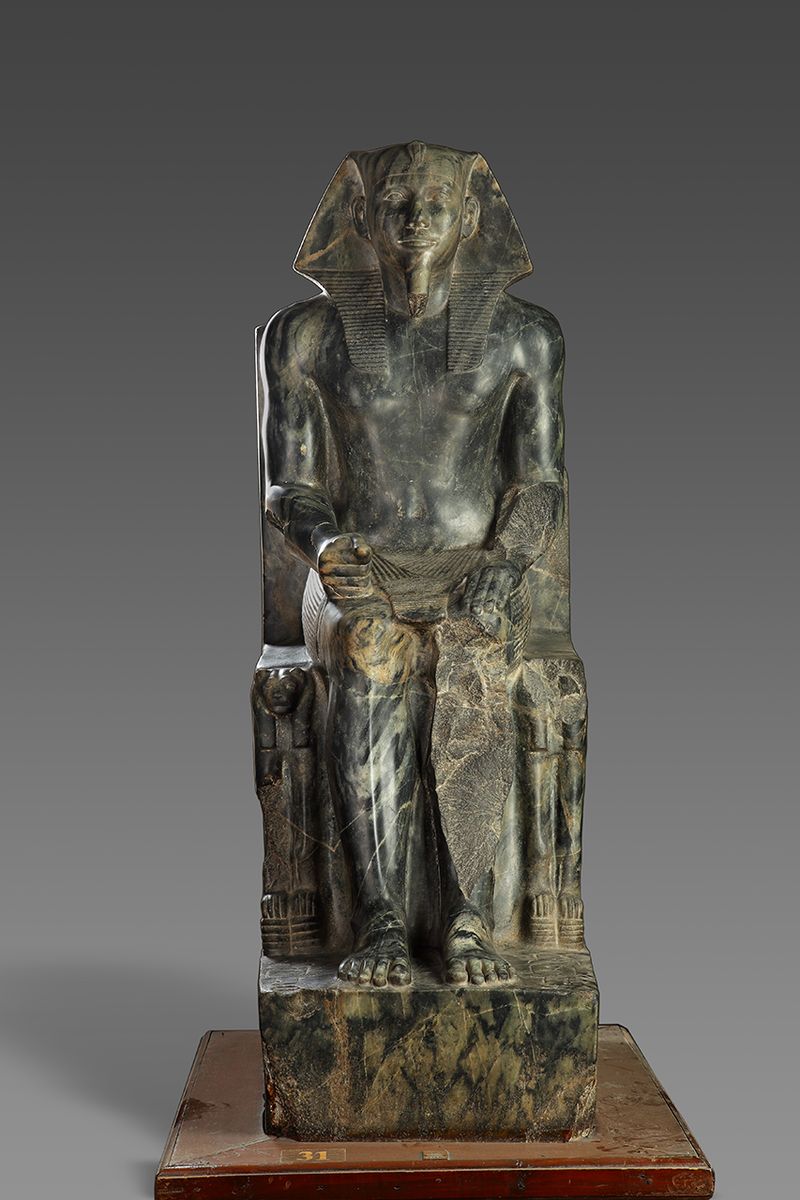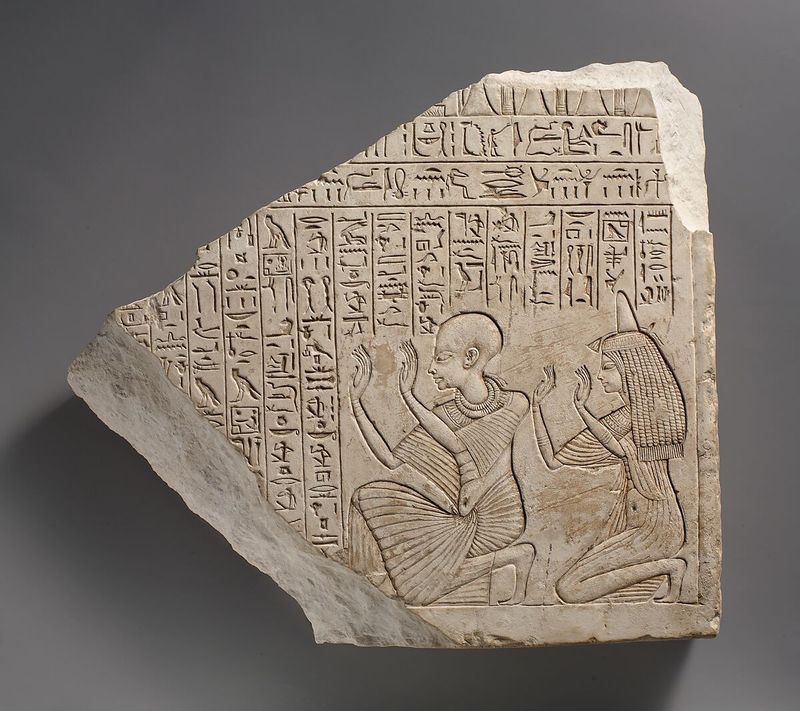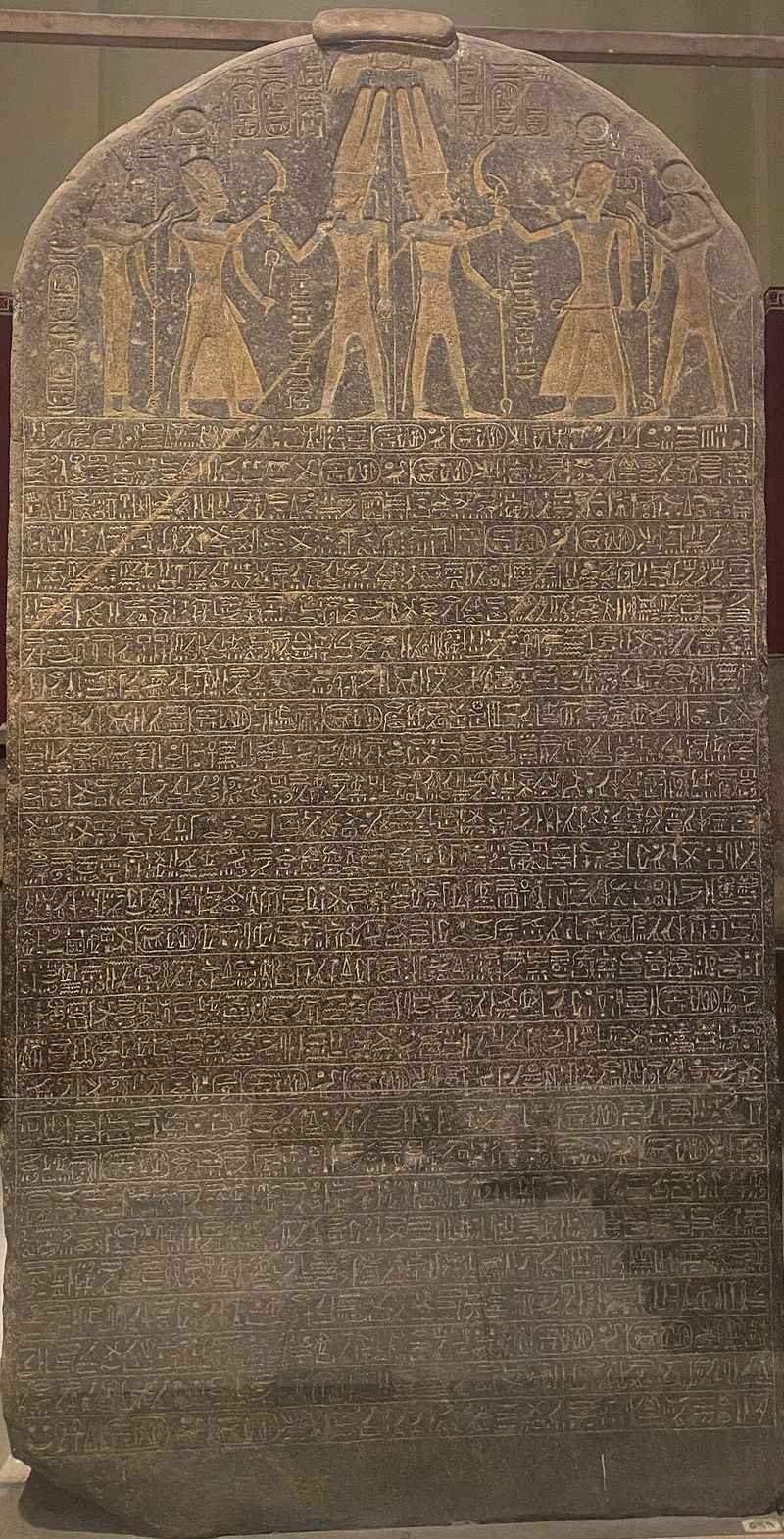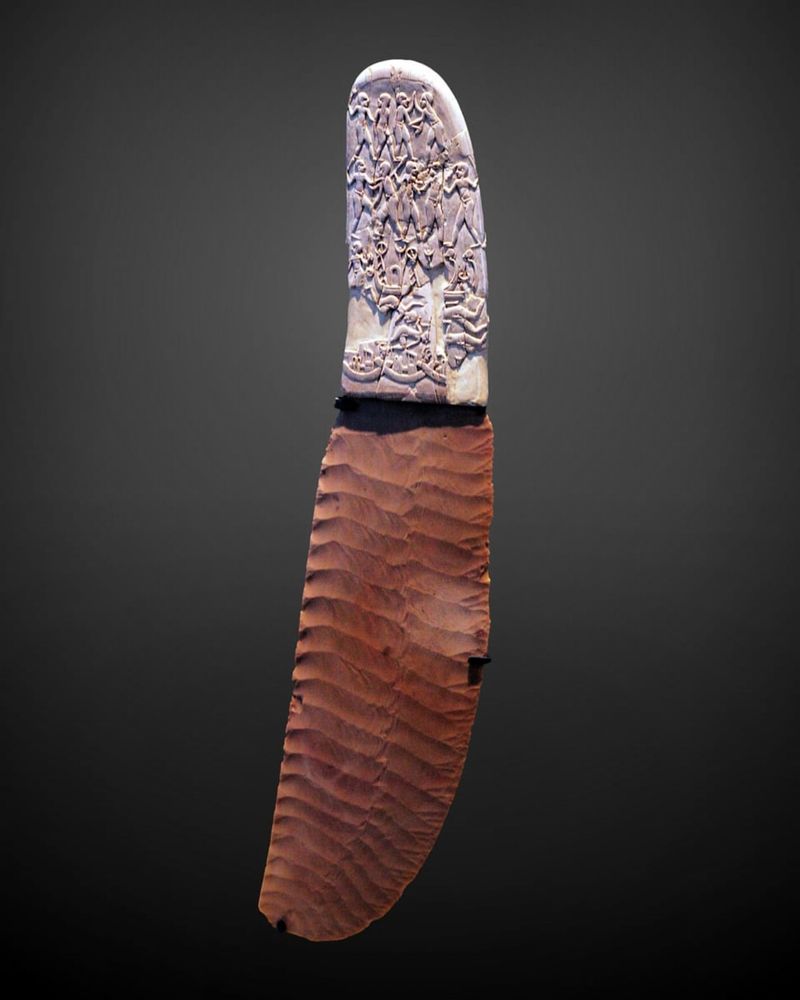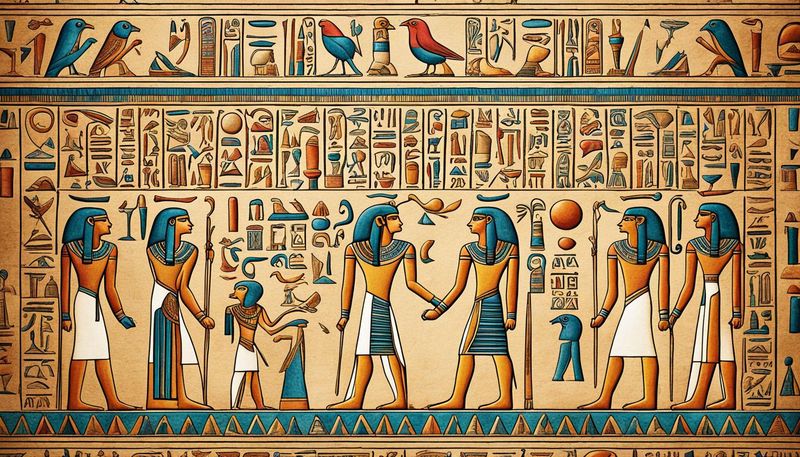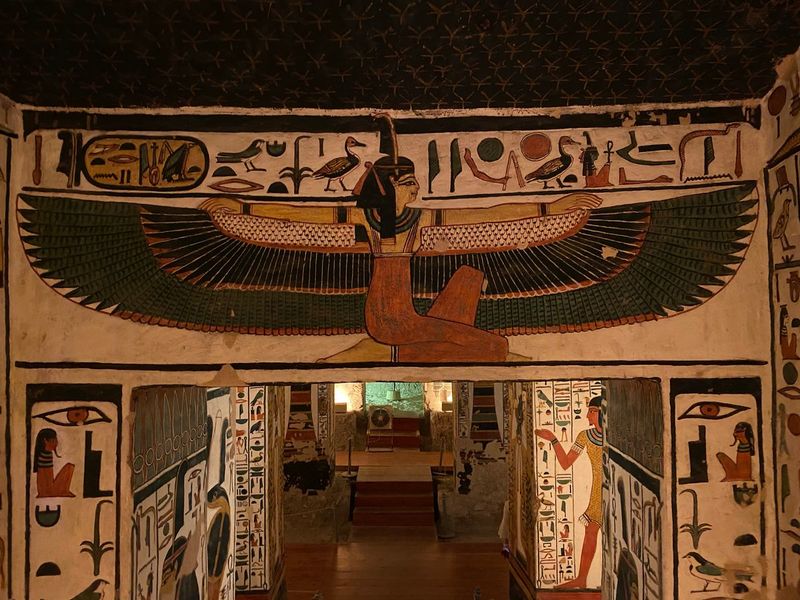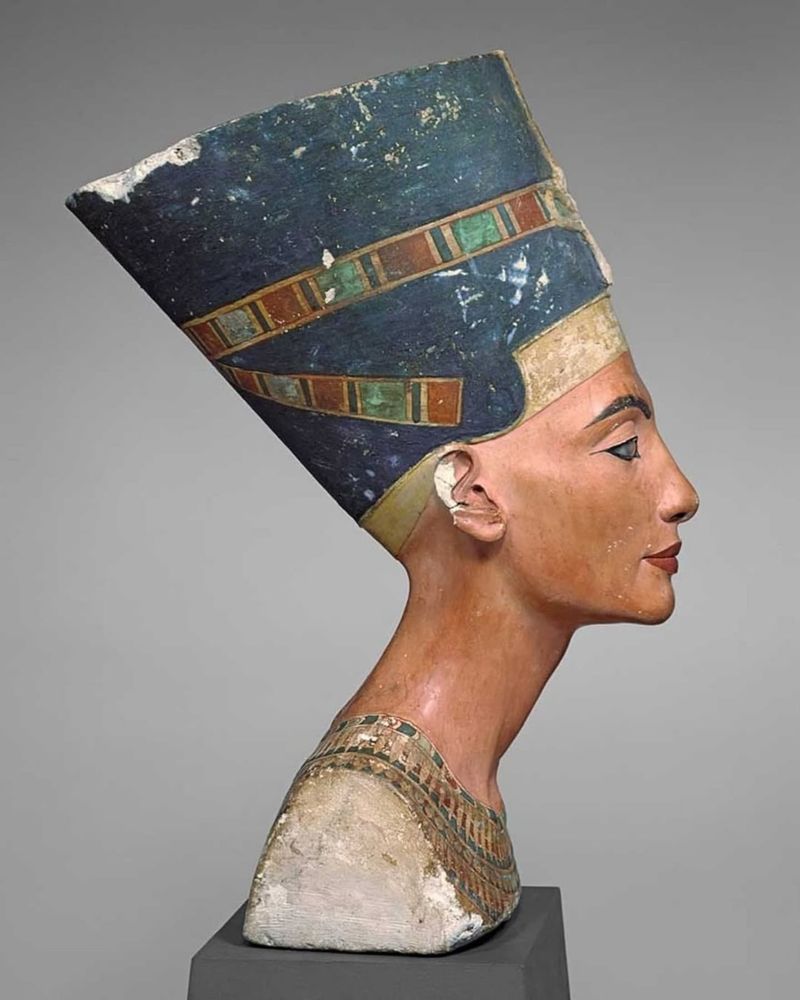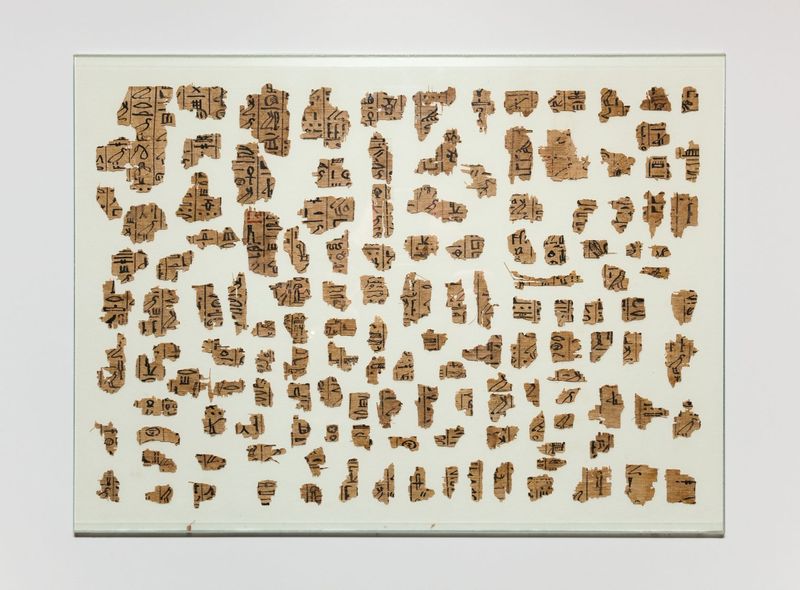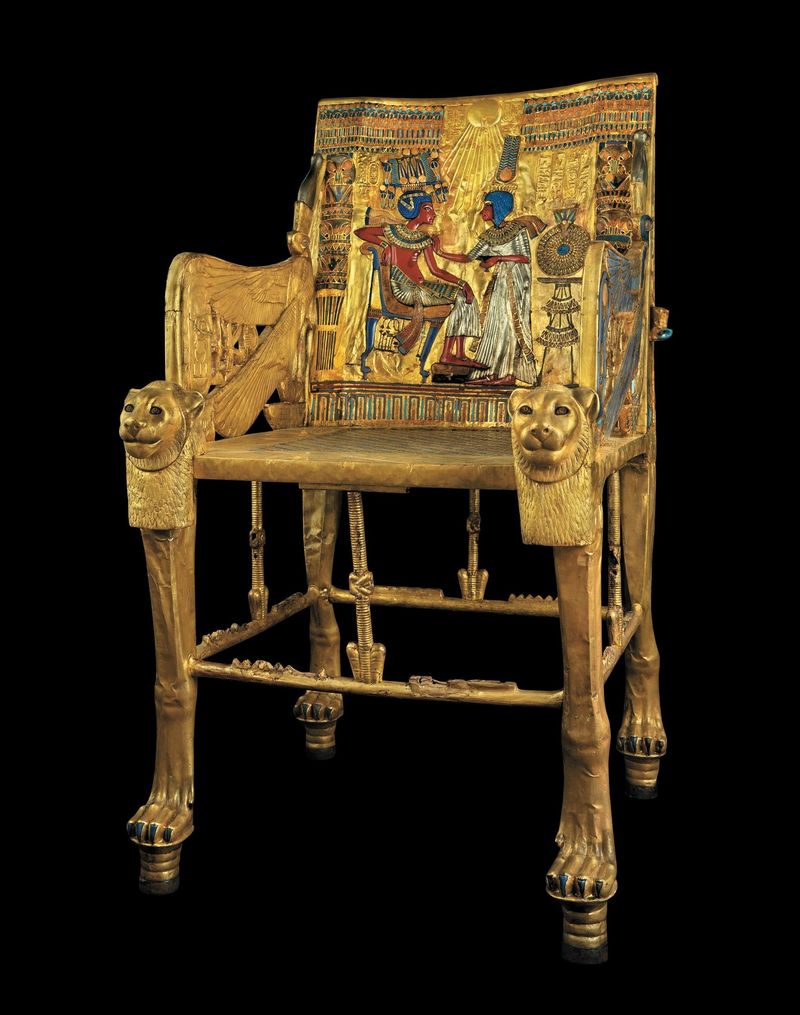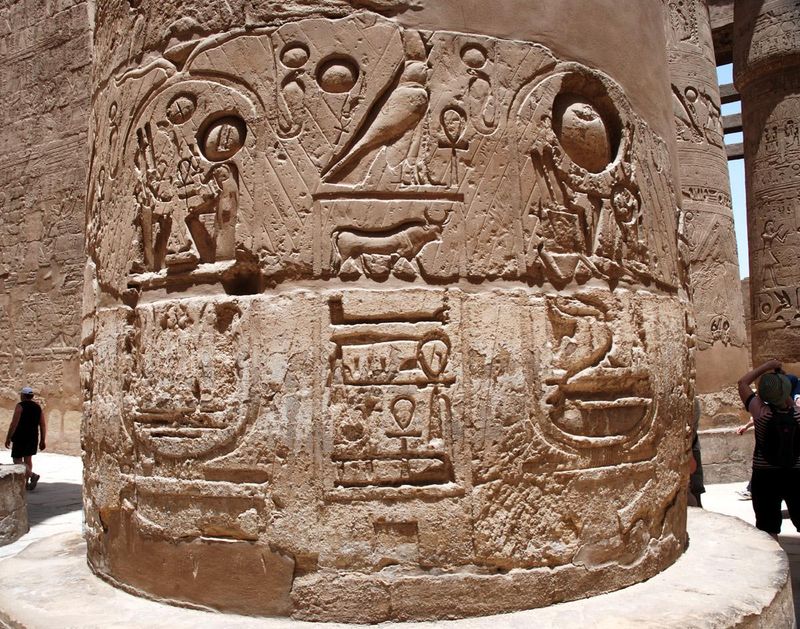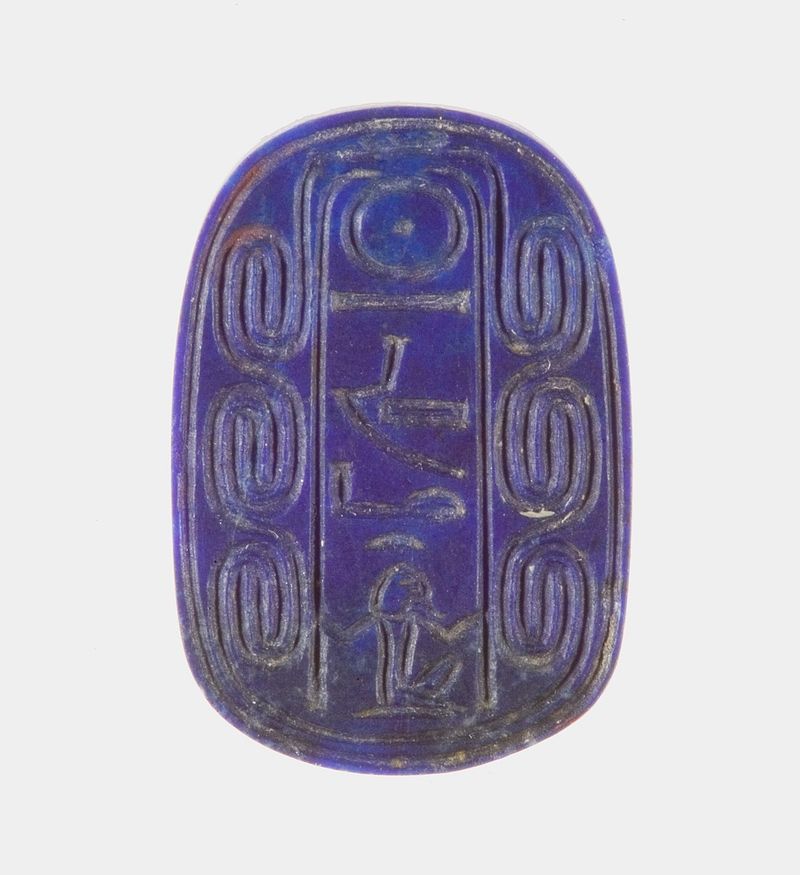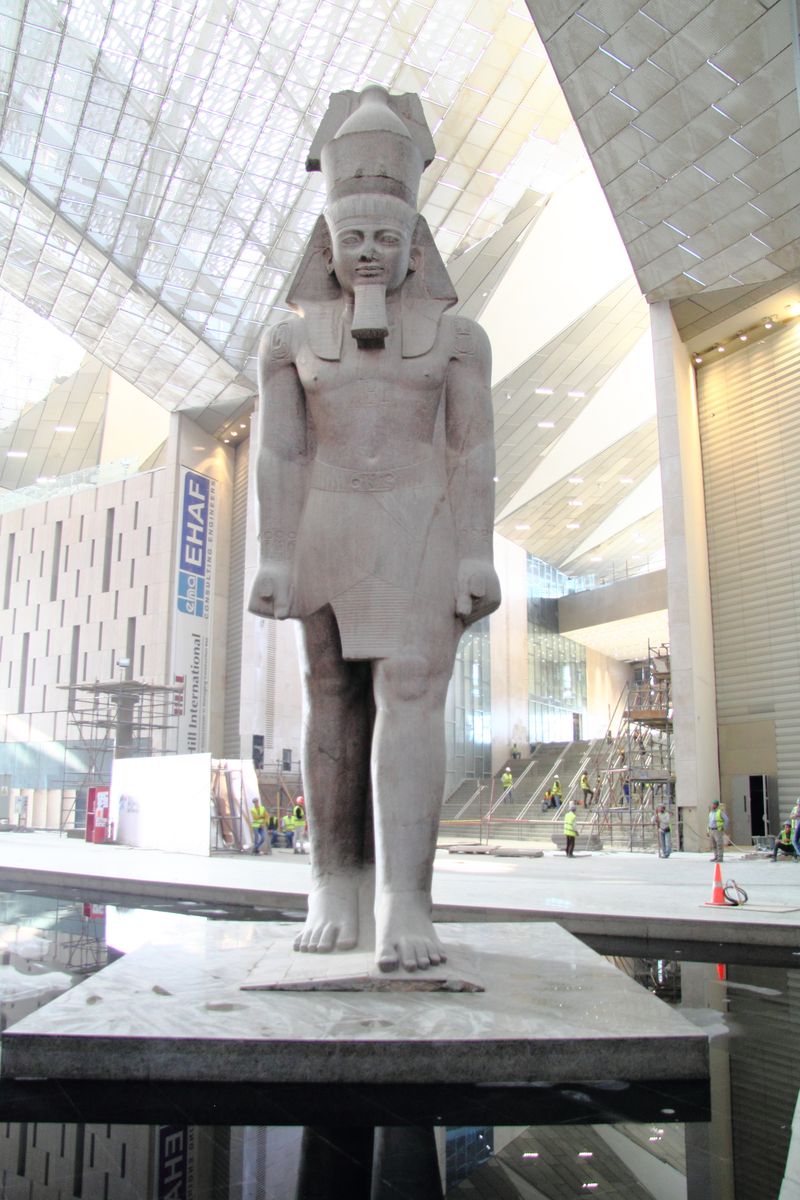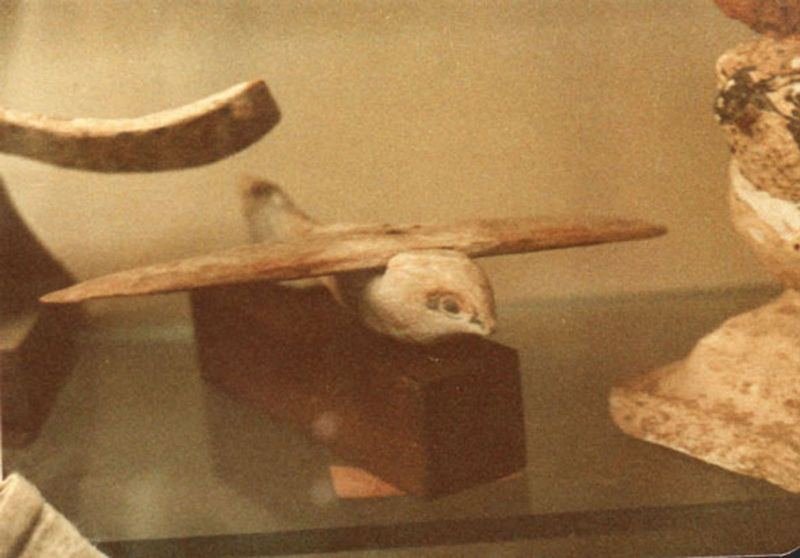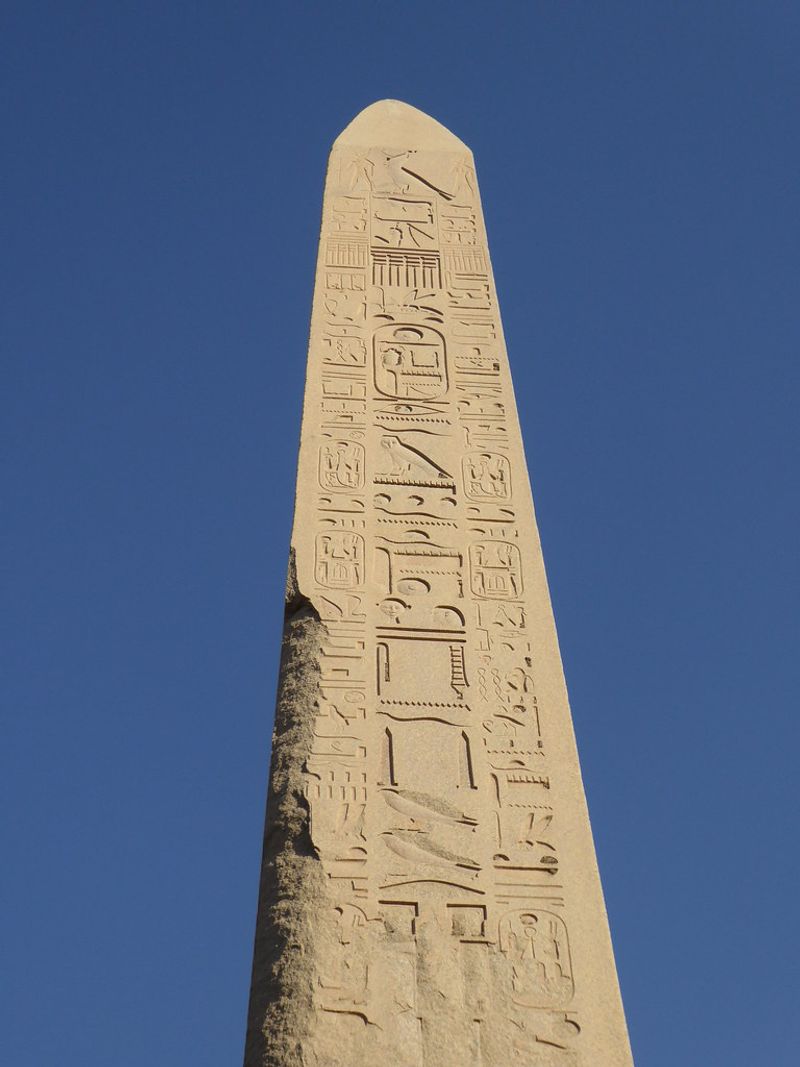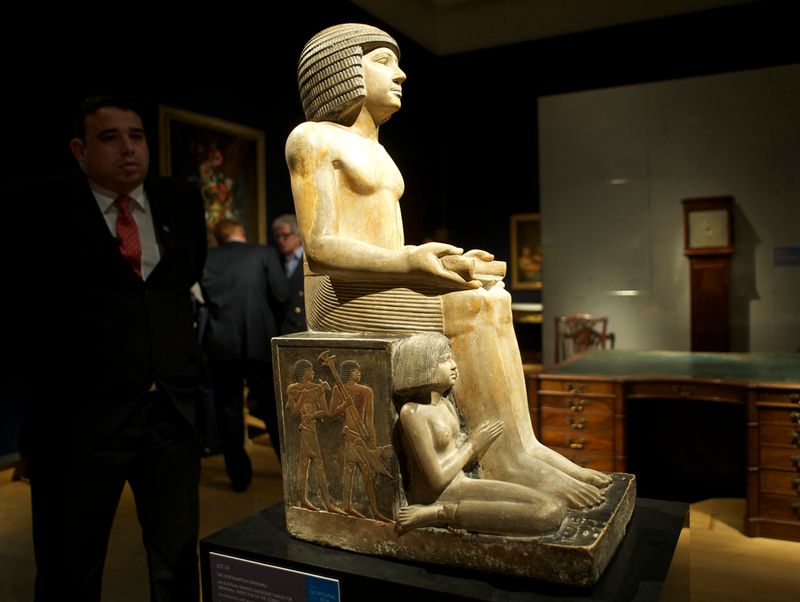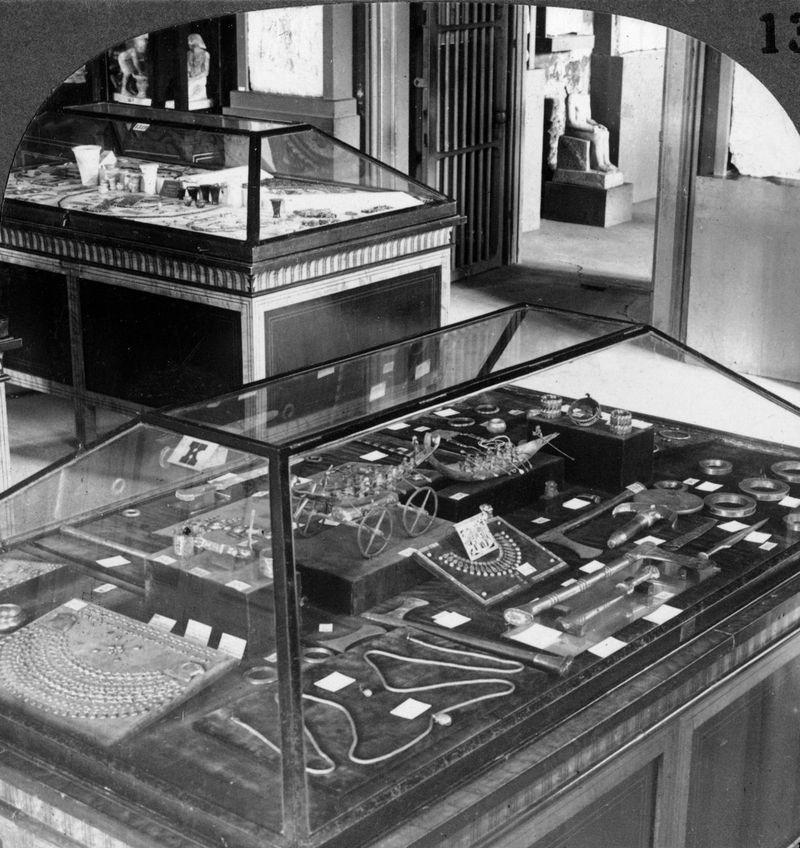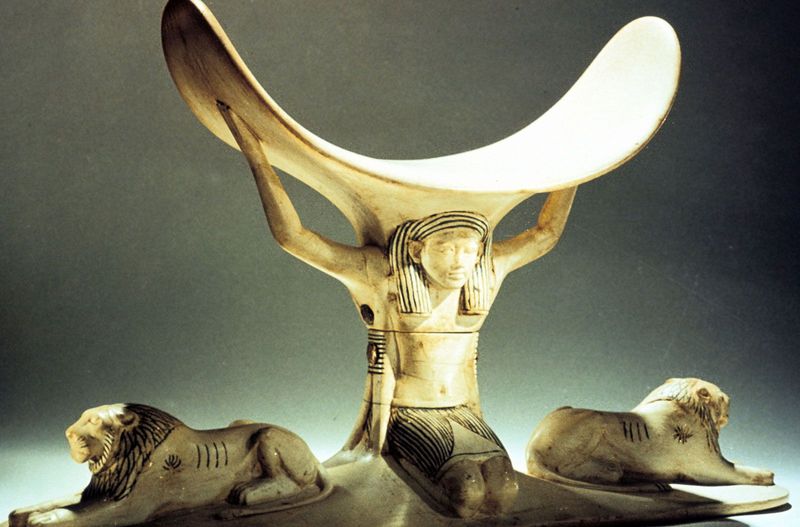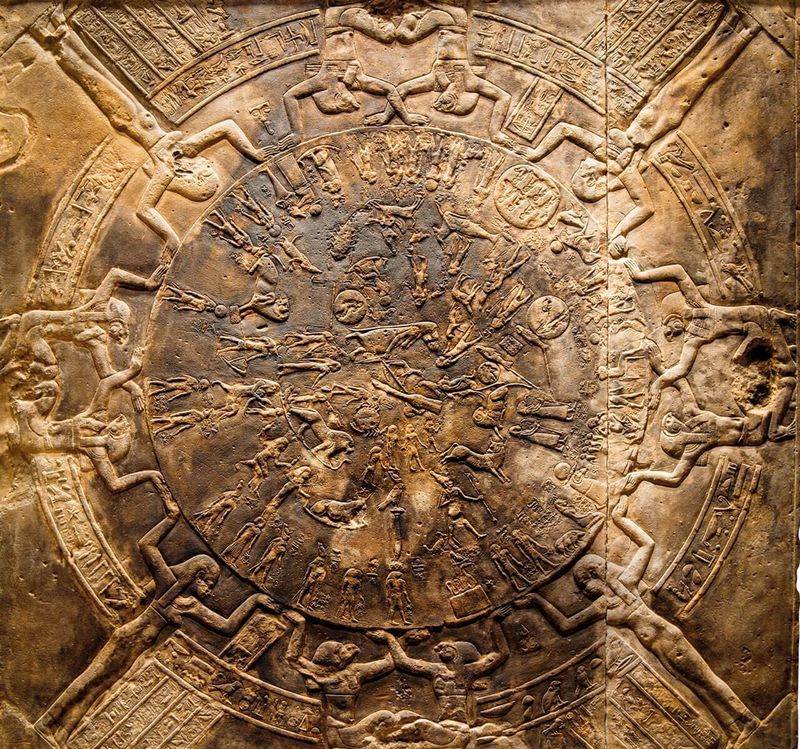The pyramids of Egypt have long been a source of fascination and mystery. Buried deep within these monumental structures are relics that speak of a civilization’s grandeur, artistry, and devotion to the afterlife. From intricate jewelry to gilded treasures, each item provides a unique glimpse into the past. This article explores 29 exquisite artifacts discovered in the pyramids, revealing their origin, significance, and the stories they whisper from the sands of time.
Tutankhamun’s Golden Mask
This iconic mask of Pharaoh Tutankhamun, discovered by Howard Carter in 1922 in the Valley of the Kings, is a masterpiece of ancient craftsmanship. Made of 11 kilograms of solid gold, it reflects the young king’s serene visage. The mask features inlaid lapis lazuli, obsidian, and quartz, intricately designed to convey both realism and divine perfection. Found within the innermost coffin of Tutankhamun’s tomb, the mask served to protect the pharaoh’s spirit. Its discovery revealed much about burial practices and the importance of gold in ancient Egyptian society.
The Narmer Palette
The Narmer Palette is one of the earliest historical records, discovered in Hierakonpolis. Carved from schist, it depicts the unification of Upper and Lower Egypt under King Narmer. The intricate carvings showcase early hieroglyphs and artistic conventions that would dominate Egyptian art for millennia. The palette’s discovery in the late 19th century provided crucial insights into the political landscape of ancient Egypt. It is believed to have been used for grinding cosmetics, signifying the intertwining of daily life and ritualistic practices in early Egyptian society.
Golden Fly Collar
The Golden Fly Collar is an exquisite piece of jewelry awarded for bravery in battle. Crafted from gold and often inlaid with precious stones, these collars were symbols of valor. Found in several royal tombs, including that of Ahmose, they highlight the connection between military achievement and royal favor. The craftsmanship reflects the Egyptians’ appreciation for artistry and valor. This relic represents not only personal honor but also the wealth and sophistication of the pharaohs’ courts.
Canopic Jars of Khufu
These alabaster jars, discovered in the Great Pyramid of Giza, served to house the organs of Pharaoh Khufu. Each jar is intricately carved, with lids representing the four sons of Horus, guardians of the organs. The jars’ discovery provides insight into ancient Egyptian embalming practices and the religious significance of preserving the body for the afterlife. Their craftsmanship and preservation highlight the Egyptians’ dedication to ensuring the deceased’s safe journey into the afterlife, underscoring the importance of ritual and tradition in death.
Queen Hetepheres’ Throne
Discovered near the pyramid of Snefru, Queen Hetepheres’ throne is a marvel of ancient design. Made from wood and adorned with gold leaf, it features intricate carvings of papyrus and lotus motifs. This throne exemplifies the luxury afforded to Egyptian royalty and the skilled craftsmanship of the time. Its discovery in 1925 offered a glimpse into the opulent lives of the pharaohs and their consorts. The throne’s preservation underscores the Egyptians’ expertise in material conservation and their devotion to the comfort of their rulers in both life and death.
The Sphinx’s Dream Stele
Located between the paws of the Great Sphinx, the Dream Stele was erected by Thutmose IV to commemorate his divine dream. Carved from granite, it details how the young prince was promised kingship if he cleared the sand from the Sphinx. The stele is an important artifact, shedding light on the religious beliefs and the significance of dreams and divine intervention in royal ascension. Its discovery in 1818 emphasized the intertwined nature of myth and monarchy in Egypt, and the role of monuments in reinforcing royal legitimacy.
The Rosetta Stone
Although not found in a pyramid, the Rosetta Stone is crucial to understanding ancient Egyptian language. Discovered in 1799 by French soldiers near Rosetta, it features inscriptions in Greek, Demotic, and hieroglyphs. This tri-lingual text was key to deciphering Egyptian hieroglyphs, unlocking the language of the pyramids. Its significance in Egyptology cannot be overstated, as it provided the linguistic tools necessary to interpret other ancient texts. The stone represents a pivotal moment in archaeology and the pursuit of knowledge about ancient Egypt.
Khafre Enthroned Statue
The statue of Khafre, found in the Valley Temple near his pyramid at Giza, is a masterpiece of Old Kingdom art. Carved from diorite, it depicts the pharaoh seated, exuding authority and divine presence. The statue’s lifelike detail, from the intricate features to the musculature, speaks to the skill of ancient sculptors. This artifact highlights the importance of the pharaoh as a divine ruler and the Egyptians’ dedication to preserving this image for eternity. Its discovery enriches our understanding of royal portraiture and symbolism in ancient Egypt.
The Tablets of Amarna
Found in the city of Akhetaten (modern Amarna), these clay tablets provide insights into diplomatic relations during Pharaoh Akhenaten’s reign. Written in Akkadian cuneiform, the tablets detail correspondence between the Egyptian court and neighboring states. Their discovery in 1887 revealed the complexity of international politics in the 14th century BCE. These artifacts underscore Egypt’s influence and the importance of diplomacy in maintaining power. The tablets emphasize the interconnectedness of ancient civilizations and offer a unique perspective on the intricacies of ancient diplomacy.
Merneptah Stele
The Merneptah Stele, discovered in 1896 at Thebes, is a significant artifact recording military victories of Pharaoh Merneptah. Made of granite, it is notable for containing the earliest reference to Israel outside the Bible. The inscriptions celebrate Merneptah’s triumphs over Libya and the Sea Peoples, reflecting the pharaoh’s might and divine favor. This stele provides valuable historical context about the geopolitics of the Late Bronze Age. Its discovery offers insights into the narrative of Egyptian military achievements and the historical interactions between neighboring cultures.
The Gebel el-Arak Knife
The Gebel el-Arak Knife, found in Upper Egypt, dates back to around 3300 BCE. Its elaborately carved ivory handle depicts a battle scene and a ruler wearing a Mesopotamian-style headdress, suggesting cultural exchanges. The blade, made of flint, is a testament to early metalworking skills. This knife is not only a functional tool but also a symbol of power and status, reflecting early artistic expression and cross-cultural influences. Its discovery highlights the interconnectedness of ancient civilizations and the sophistication of Predynastic Egyptian society.
The Pyramid Texts
The Pyramid Texts are one of the oldest religious writings, found in the inner chambers of pyramids at Saqqara. These inscriptions, dating from the Old Kingdom, comprise spells and incantations intended to protect the pharaoh in the afterlife. Their discovery in the late 19th century provided unparalleled insights into the religious beliefs and funerary practices of ancient Egypt. The texts reveal the Egyptians’ profound understanding of life, death, and the cosmos. They remain a vital source for understanding the spiritual and mythological worldview of the ancient civilization.
Queen Nefertari’s Tomb Paintings
The tomb of Queen Nefertari, located in the Valley of the Queens, is renowned for its exquisite wall paintings. These frescoes, discovered in 1904, depict Nefertari in various divine contexts, underscoring her status and relationship with the gods. The vibrant colors and intricate details reflect the high artistic standards of the New Kingdom. These paintings offer insights into royal iconography and religious beliefs. The tomb’s discovery has been instrumental in understanding the role of queens in ancient Egypt and the artistic innovations of the period.
The Bust of Nefertiti
Discovered in 1912 by Ludwig Borchardt in Amarna, the Bust of Nefertiti is one of ancient Egypt’s most iconic artifacts. Crafted from limestone and stucco, it captures the queen’s elegance and beauty. The bust is renowned for its exquisite detail and symmetry, including the distinct headdress and serene expression. This artifact has provided valuable insights into the artistic achievements and aesthetic ideals of the Amarna Period. Its discovery has greatly contributed to the understanding of royal portraiture and the role of Nefertiti in Akhenaten’s reign.
The Book of the Dead
The Egyptian Book of the Dead is a collection of spells meant to guide the deceased through the afterlife. Discovered in various tombs, these papyri date from the New Kingdom. Each book was individualized, with spells chosen according to personal beliefs and status. The texts provide insights into ancient Egyptian religion and beliefs about the afterlife. Their richly illustrated vignettes depict various gods, demons, and the journey through the Duat. The discovery of these texts has been crucial in understanding the spiritual life and concerns of ancient Egyptians.
Tutankhamun’s Golden Throne
This magnificent golden throne, found in Tutankhamun’s tomb, is an epitome of opulence and skilled craftsmanship. Discovered in 1922, it features detailed scenes of the young king and his queen, Ankhesenamun, inlaid with semi-precious stones and colored glass. The throne’s design exemplifies both personal and royal symbolism, reflecting the power and divine status of the pharaoh. Its discovery enriched our understanding of 18th Dynasty artistry and the intimate aspects of Tutankhamun’s life. The throne remains a testament to the splendor of ancient Egyptian royalty.
The Karnak Temple Reliefs
The Karnak Temple Complex, located in Luxor, contains some of the most intricate reliefs from ancient Egypt. These carvings, spanning from the Middle Kingdom to the Ptolemaic period, depict religious rituals, battles, and pharaohs’ divine interactions. Their discovery and ongoing excavation have provided deep insights into Egyptian religious practices, political history, and artistic evolution. The reliefs at Karnak are a testament to the complexities of Egyptian theology and the pharaohs’ role as divine intermediaries. They remain a focal point for understanding the grandeur of Egypt’s architectural and artistic legacy.
The Lapis Lazuli Scarab
The Lapis Lazuli Scarab, found in various royal tombs, symbolizes rebirth and protection. Crafted from the semi-precious stone lapis lazuli, these amulets were placed on the chest of mummies during burial. The scarab beetle, associated with the god Khepri, represented the sun’s daily renewal. These amulets highlight the Egyptians’ beliefs in the afterlife and the transformative power of the sun. The craftsmanship and choice of material reflect the Egyptians’ aesthetic sensibilities and religious emphasis on protection and regeneration in the afterlife.
The Statue of Ramesses II
The colossal statues of Ramesses II, often found in temples like Abu Simbel, are monumental achievements of ancient Egyptian engineering and artistry. Carved from sandstone, these statues depict the pharaoh seated, exuding power and divine authority. Their discovery and preservation have provided insights into the scale and ambition of Ramesses’ reign. These statues reflect the Egyptians’ ability to manipulate massive stone blocks and their dedication to immortalizing the pharaoh’s image. They continue to be a symbol of Egypt’s architectural and cultural legacy.
The Saqqara Bird
The Saqqara Bird, discovered in the Saqqara necropolis, is a wooden artifact resembling a bird in flight. Dating back to around 200 BCE, some speculate it might represent early knowledge of aerodynamics. Despite debates over its purpose, its craftsmanship reflects the artistic creativity of the time. Found in a tomb, it might have served as a symbolic representation of the soul’s journey or as a toy. This artifact offers a glimpse into the diverse cultural and scientific interests of ancient Egyptian society.
The Hatshepsut Obelisk
The unfinished obelisk, attributed to Pharaoh Hatshepsut, lies in an ancient quarry in Aswan. Had it been completed, it would have stood as the largest obelisk ever erected. Carved from granite, it provides insights into ancient stone quarrying and construction techniques. Its abandonment offers a unique glimpse into the challenges faced by ancient builders. The obelisk is a testament to Hatshepsut’s ambitious architectural vision and the technological prowess of her reign. Its discovery adds depth to our understanding of Egyptian engineering marvels.
Sekhemka’s Statue
The statue of Sekhemka, an official during the 5th Dynasty, is a remarkable example of Egyptian statuary. Discovered in Saqqara, it depicts Sekhemka seated, holding a papyrus scroll. The statue’s detailed carvings and lifelike representation reflect the importance of scribes in ancient society. These figures were vital in administration, education, and religion. The statue highlights the Egyptians’ skill in portraiture and their reverence for intellectual pursuits. It serves as a window into the daily life and social structure of Old Kingdom Egypt.
The Jewelry of Queen Ahhotep
The jewelry of Queen Ahhotep, found in her tomb at Thebes, is a stunning collection of adornments. These pieces, crafted from gold, silver, and semi-precious stones, include necklaces, bracelets, and ceremonial daggers. The craftsmanship and design reflect the wealth and artistry of the 17th Dynasty. Their discovery provides insights into the royal fashion and burial customs of the time. The jewelry underscores the role of queens in diplomatic and ceremonial life, illustrating their influence and the luxurious lifestyle of the Egyptian elite.
The Headrest of Tutankhamun
Tutankhamun’s headrest, found in his tomb, is a unique artifact reflecting the personal comforts of the pharaoh. Carved from wood and adorned with artistic motifs, it was used to support the head during sleep. Its design and craftsmanship highlight the Egyptians’ attention to daily life details, even in the afterlife. The headrest’s discovery adds depth to our understanding of personal items in royal burials and the blend of utility and artistry in ancient Egyptian design. It remains a testament to the cultural nuances of pharaonic Egypt.
The Dendera Zodiac
The Dendera Zodiac, carved on the ceiling of the Temple of Hathor at Dendera, is an astronomical representation of the sky. Discovered in the early 19th century, it features the twelve zodiac signs alongside Egyptian constellations. This unique artifact demonstrates the Egyptians’ astronomical knowledge and the integration of Greek and Egyptian traditions during the Ptolemaic period. The zodiac’s discovery has been instrumental in understanding ancient Egyptian cosmology and its influence on later cultures. It remains a fascinating blend of science, art, and religion.
